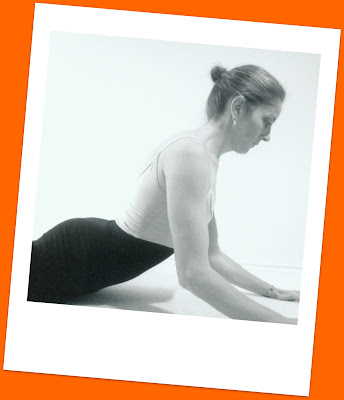You can achieve the desired posture you are looking for. Good posture isn’t necessarily just standing or sitting up straight. Neutral posture is the position of the body with its natural curves that promotes the least amount of stress on your muscles and joints. Good posture or structural integrity is defined as that state of musculoskeletal alignment and balance that allows muscles, joints, and nerves to function efficiently (Kendall et al. 2005; Soderberg, 1997) “Good posture has long been considered important, even our language recognizes its desirability. We may refer to someone who is trustworthy as being upright or a pillar of the community, whereas spineless tells us the opposite." Think of good posture as the straight path that leads to longevity and a healthy body.
Common Symptoms of Poor Posture
“My back aches when I stay in one position too long.”
“I don’t like how I look in my clothes. They hang funny.”
“I get a lot of headaches.”
“I carry a lot of tension in my neck and shoulders.”
“I missed work because of my back pain.”
Contributing Factors to Poor Posture
Work Environment-Many of us do activities in front of our bodies that may promote rounded backs and shoulders
Injuries-movement compensations occur regularly with injuries
Obesity-Muscle recruitment, joint action and even gait are modified with obesity. Genetically where your body stores fat may also affect your posture.
Weak or deconditioned muscles-Muscle imbalance and overuse enhances risk of injury and discomfort
High-heeled or ill-fitting shoes
Poor Biomechanics-Improper movement of joints can cause compensation of posture and movement.
Poor Movement habits or patterns-Hiking your hip while carrying a child, carrying a backpack, slouching in a chair can all alter posture and the muscles that control it.
Good Posture Tips
Walk, stand, and sit tall
Lift from your sternum-Be careful not to lift your head.
Be patient-It has probably take you years to acquire the posture you have.
Don’t Tense up-When you stand or sit tall don’t overwork muscles to get there.
Know your postural plum lines-Sagittal and Frontal plane.
Good Posture Requirements
Good ROM (Range of Motion)
Body Awareness-Know where your body is in space and know how to properly put it there.
Normal Joint Movement
Strong Muscles
Muscle Balance
Flexibility
Benefits to Good Posture
Keeps bones and joints in good alignment
Decreases unnecessary wear on joints
Decreases stress on ligaments
Prevents fatigue from inefficiently used muscles
Prevents overuse and strain of muscles
Promotes confidence
Look good!












































